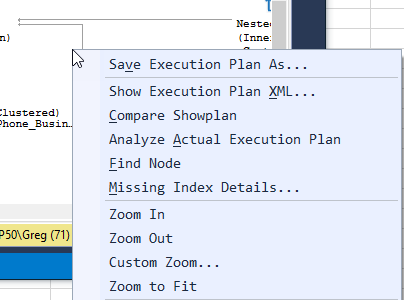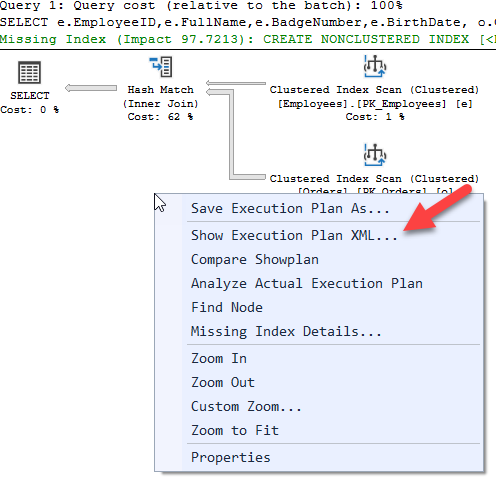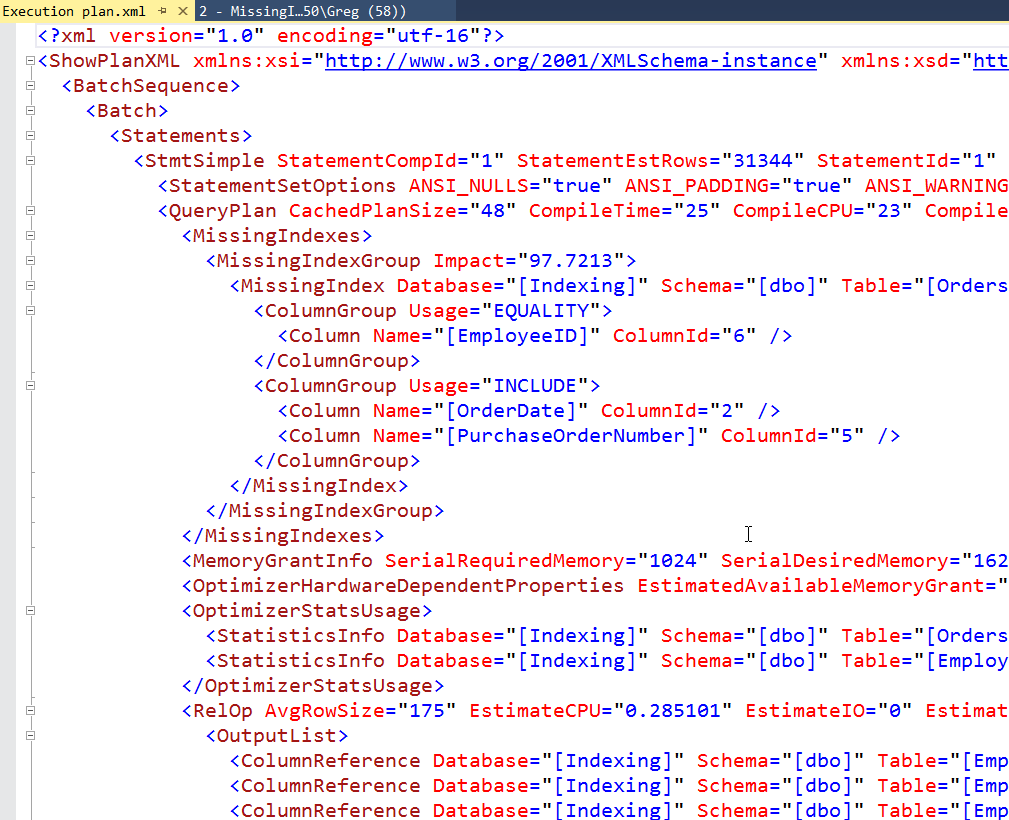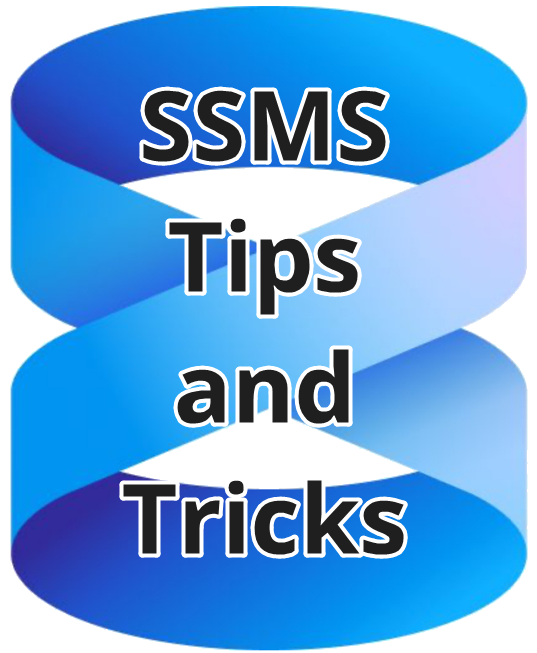
SSMS Tips and Tricks 7-2: Pinning and clearing the connection entries
SSMS keeps a list of the server names that you have connected to, and prompts you with those when you drop-down the list while making a connection:
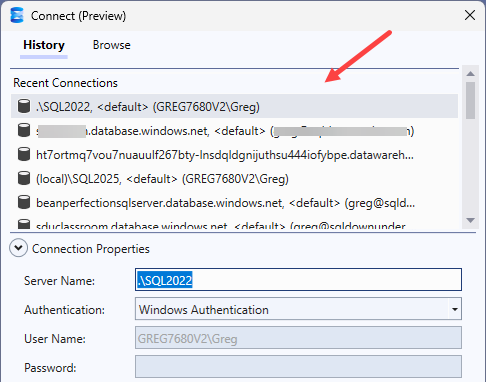
Eventually, that list can either become messy, it can include servers that don’t exist anymore, and so on. You might want to clear up the list.
To do this in early versions of SSMS, you needed to locate the SqlStudio.bin file from the Documents and Settings area in your user profile. Fortunately, that’s no longer required. In more recent versions, all you needed to do was to open this dialog, arrow down to the ones that you want to remove, and hit the Delete key.
2025-09-16




